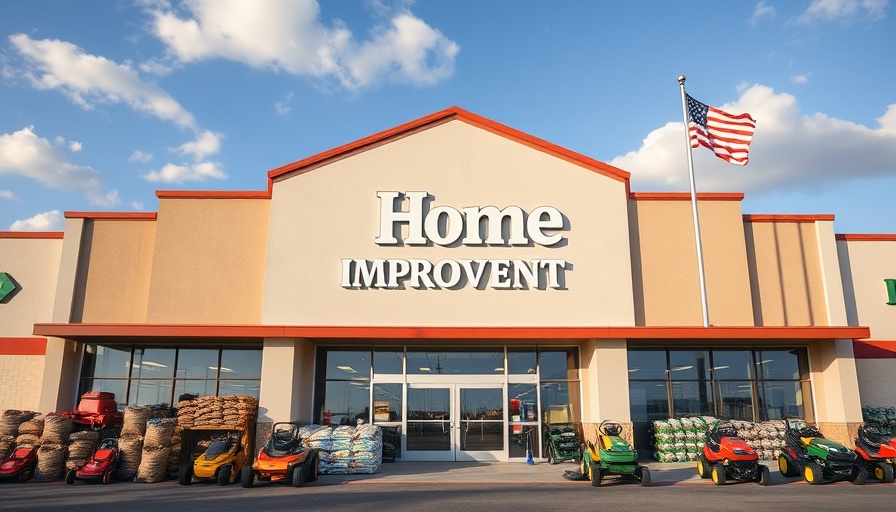
Home Depot’s Silent Struggle: Is Silence Golden or a Path to Damage?
This week's PR Roundup showcases a compelling juxtaposition in corporate communication strategies, particularly focusing on Home Depot’s recent troubles amid ICE enforcement actions. It's a situation that has thrust the retailer into the spotlight, but rather than engaging in a dialogue, Home Depot has opted for silence. As federal agents have targeted day laborers in parking lots near its stores, the company has continued to relay a standard statement, making no substantive comment during its latest earnings call. This has left many to question—can silence truly safeguard a brand's reputation during times of crisis?
The Cost of Communication Gaps
The scenario is compelling because it emphasizes the critical role communication plays in crisis management. Audrey Ponzio, Founder and CEO of the APC Collective, noted that brands face a choice: remain muted or assert their values. By opting for silence, Home Depot risks not just the goodwill of the communities it serves, but also potentially alienating a customer base that expects a social conscience. The effects of their non-response have been palpable—one customer reported noticeably emptier parking lots, demonstrating that fear is impacting foot traffic.
Target’s Shift in Leadership: A New Direction?
In contrast to Home Depot's approach, Target recently announced a change in leadership which hints at a potential renaissance in its branding strategy. New CEO Brian Cornell aims to elevate customer experience and seek innovative operational strategies to revitalize the brand's market position. Unlike Home Depot’s silence, this proactive communication approach resonates better with an audience seeking assurance during transitions. It’s a reminder that dynamic leadership can become a catalyst for brand longevity, especially during turbulent times.
A Byte of Fun: Chipotle’s Creative Branding Move
Meanwhile, in a lighter twist, we’re seeing innovative collaborations such as the one between Urban Outfitters and Chipotle. The campaign introduces a whimsical product—the ‘human burrito,’ which capitalizes on the playful side of branding. Such creative ventures not only drive customer engagement but also enhance brand visibility as companies align themselves with cultural trends. This example serves as a clear reminder that branding doesn't always have to be serious; creativity can foster strong customer relationships as well.
Decisions to Consider: Voices in the Marketplace
For business owners generating $2M–$10M+ in annual revenue, these contrasting strategies teach valuable lessons. The tension between silence and vocal advocacy is more significant than ever in today’s marketplace. As consumers increasingly favor brands that demonstrate social responsibility, it's vital to establish communication pathways that convey values and garner trust. As Ponzio articulates, every action—or inaction—shapes a company’s brand reputation—a fact that is not lost on today’s socially conscious consumers.
Strategies for Effective Branding and Lead Generation
Brands facing challenges need not overlook actionable insights. By adopting proactive communication strategies and embracing the power of creativity, companies can effectively enhance their marketing efforts. Whether through innovative campaigns like Chipotle’s or engaging leadership transitions like Target’s, the choices made today will influence customer acquisition strategies tomorrow. It’s a lesson not just in crisis management but also in the broad strokes of demand generation that can transform bottom lines.
Stay engaged with these evolving narratives! By understanding the implications of these strategies, you set the stage for sustainable growth in your operations. Be sure to explore how these lessons can apply to your own journey in scaling your business.
 Add Row
Add Row  Add
Add 



Write A Comment